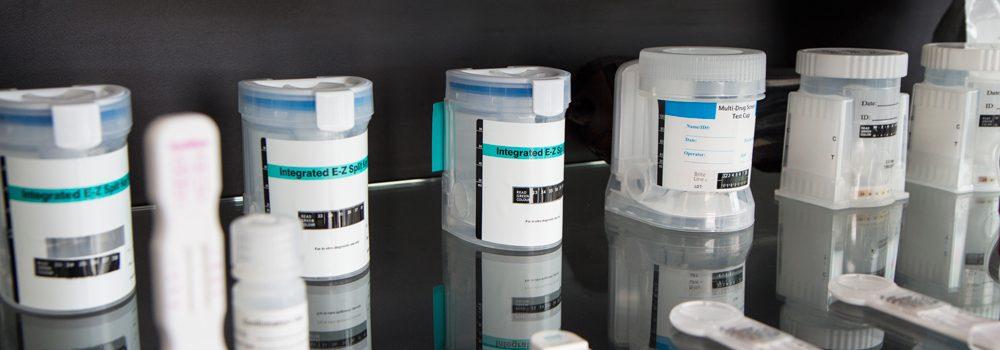What are the differences between a semiconductor breathalyzer and a fuel cell breathalyzer? In this blog post, we will discuss what they are, how they work, their differences, as well as their pros and cons.
It can’t be stressed enough that not every breathalyser is made the same. When it comes to breathalyzers, knowledge is power. It won’t only save you from making any hasty last minute purchases at the gas station but could potentially save someone’s life. After all, companies are still able to sell breathalysers that don’t meet industry standards.
This article will give you a brief overview so that you can make an informed decision on which breathalyser suits your needs the most and is the best investment for you.
Semiconductor Breathalyzers
A semiconductor sensor electronically oxidises alcohol through using a tin-oxide substance. A redox reaction is carried out by the device through combining alcohol with water and acetic acid and the current that gets generated is measured. The measured current is an indication of the amount of alcohol that is being reacted in the individual’s breath.
Semiconductor sensors are accurate in the analysis of BAC level if there are no other volatile substances interfering in the bloodstream and breath temperature is constant. It means that semiconductor sensors are highly sensitive to chemical substances other than alcohol- for instance, mouthwash. Therefore, a waiting period of 20 minutes is recommended after the last intake of alcohol or any other food item before using this device.
Semiconductor sensor units are relatively inexpensive and are very popular as personal breathalysers and for conducting professional low-volume testing. They usually read up to 2 decimal places and have an accuracy range of +/-0.01%BAC. If maintained and calibrated regularly after every six months, these breathalyzers can perform well and will give accurate results.
All in all, semiconductor breathalyzers are great for personal use if accuracy is not important.
Fuel Cell Breathalyzers
Fuel cell breathalysers contain two platinum electrodes with a permeable acid-electrolyte material is inserted in between. When the suspect’s exhaled air flows past one side of the fuel cell, the platinum instantly oxidizes the alcohol present in the air and generates acetic acid, electrons and protons.
The electrons produced then flow from the platinum electrode through a wire, which is connected to an electrical-current meter on one side and to the platinum electrode on the other side. The protons, on the other hand, move through the lower part of the fuel cell and get combined with oxygen and electrons for producing water. The higher amount of oxidized alcohol, the greater will be the electrical current. The BAC is calculated by a microprocessor, which measures the electrical current.
Fuel cell units are designed to take multiple tests a day and are more accurate compared to semiconductor units, being able to provide BAC readings to 3 decimal places at a smaller accuracy range of +/-0.005%BAC.
Portable fuel cell breathalyzers are used by law enforcement officers for preliminary breath testing. Because of their accuracy, fuel cell breathalyzers are also often used for non-evidential workplace testing.
Semiconductor Breathalyzers
Pros:
1. Inexpensive
2. Ideal for personal use
3. Reliable when calibrated regularly
Cons:
1. Shorter working life
2. Sensor is easily saturated
3. More unstable
Fuel Cell Breathalyzers
Pros:
1. High accuracy
2. Longer working life
3. More stable and reliable
Cons:
1. More expensive
Check out our range of breathalyzers available in Malaysia. They all use fuel cell technology, are Australian Standards AS3547 certified and suitable for workplace employee alcohol testing.
Disclaimer: The information provided in this article is for general reference only. Please seek advice from professionals according to your business’s needs.
Written by Eugene Ng








